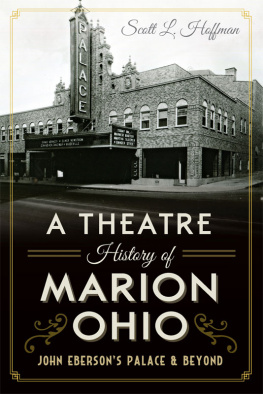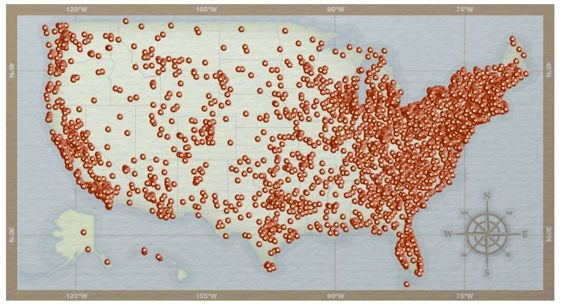Tillmany Jack - Theatres of Oakland
Here you can read online Tillmany Jack - Theatres of Oakland full text of the book (entire story) in english for free. Download pdf and epub, get meaning, cover and reviews about this ebook. City: California--Oakland., Oakland (Calif.), year: 2006, publisher: Arcadia Publishing, genre: Non-fiction. Description of the work, (preface) as well as reviews are available. Best literature library LitArk.com created for fans of good reading and offers a wide selection of genres:
Romance novel
Science fiction
Adventure
Detective
Science
History
Home and family
Prose
Art
Politics
Computer
Non-fiction
Religion
Business
Children
Humor
Choose a favorite category and find really read worthwhile books. Enjoy immersion in the world of imagination, feel the emotions of the characters or learn something new for yourself, make an fascinating discovery.
- Book:Theatres of Oakland
- Author:
- Publisher:Arcadia Publishing
- Genre:
- Year:2006
- City:California--Oakland., Oakland (Calif.)
- Rating:5 / 5
- Favourites:Add to favourites
- Your mark:
Theatres of Oakland: summary, description and annotation
We offer to read an annotation, description, summary or preface (depends on what the author of the book "Theatres of Oakland" wrote himself). If you haven't found the necessary information about the book — write in the comments, we will try to find it.
Abstract: Oakland has a rich theatre history, from the amusements of a gas-lit downtown light opera and vaudeville stage in the 1870s to the ornate cinematic escape portals of the Great Depression. Dozens of neighborhood theatres, once the site of family outings and first dates, remain cherished memories in the lives of Oaklanders. The city can still boast three fabulous movie palaces from the golden age of cinema: the incomparable art deco Paramount, which now offers live performances and films; the stately Grand Lake gracing the sinuous shores of Lake Merritt; and the magnificently eccentric Fox Oakland, with its imposing Hindu gods flanking the stage. The Paramount and Grand Lake still stir the heartstrings of patrons with showings preceded by interludes on their mighty Wurlitzer organs
Tillmany Jack: author's other books
Who wrote Theatres of Oakland? Find out the surname, the name of the author of the book and a list of all author's works by series.





















